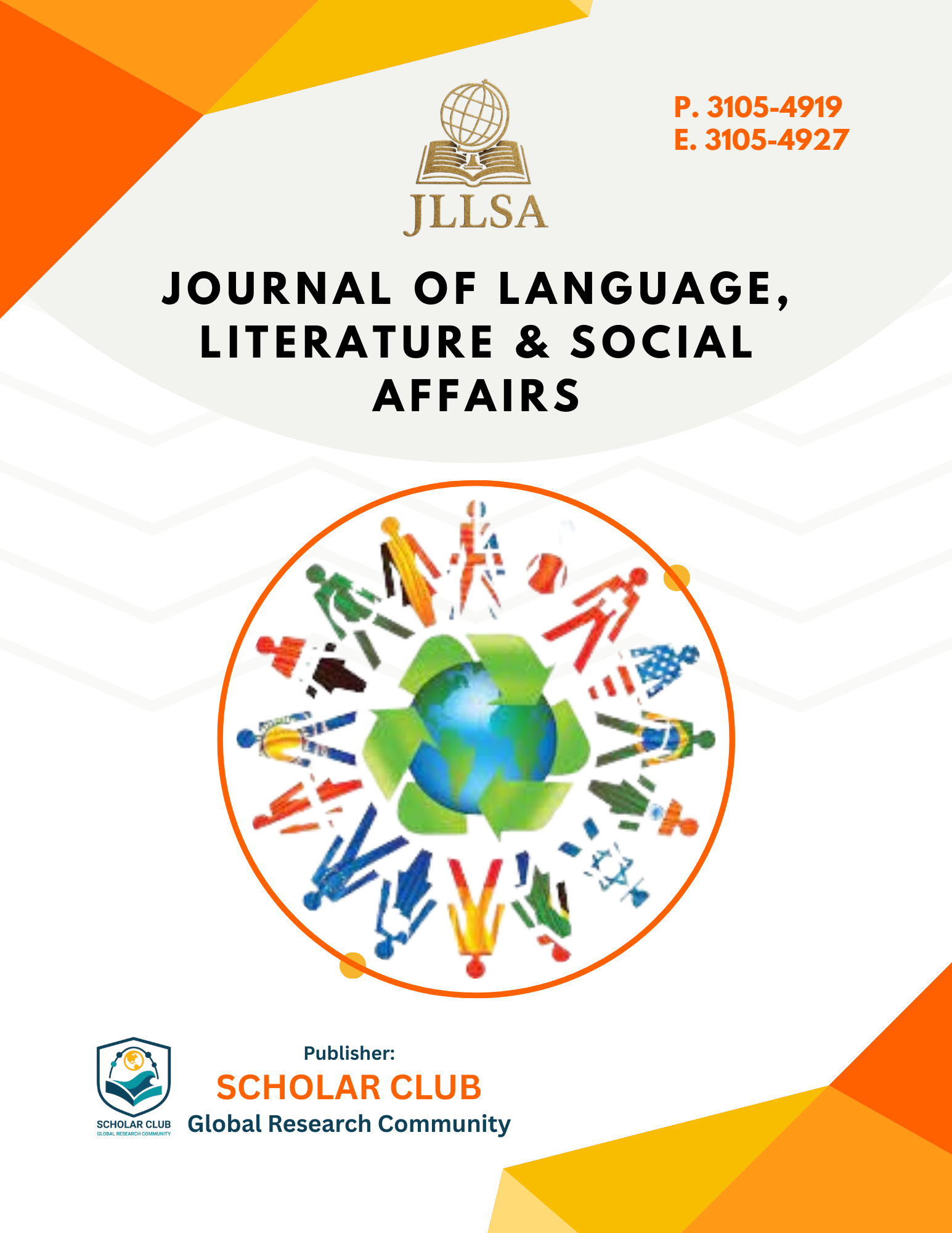A Critical Discourse Analysis of Donald Trump’s Speech Using Fairclough’s Three-Dimensional Model
Keywords:
emotional appeal, repetition, political discourse, social media discourse, delegitimize, social polarizationAbstract
Humor is considered for having an important role in composing the public perception, reinforcing the ideology, and legalization of the power structures. Turning to speech of former President Donald Trump regarding the House GOP Issues Conference on January 27, 2025, this study applies Norman Fairclough’s Critical Discourse Analysis (CDA) model. The method applied is the qualitative method with descriptive approach. This research analyzes how, by analyzing the speech across Fairclough’s three dimensions (text, micro; discursive practice, meso; and social practice, macro), Trump’s linguistic choices build up a populist identity, win over his followers and delegitimize his enemies. The paper examines several rhetorical strategies (i.e., repetition, emotional appeals, pronoun usage, and fear-based persuasion) that serve as techniques employed in Trump’s speeches to enhance power and cement political loyalty, resulting in ideological methods of persuasion. It makes a contribution to the a still growing field of political discourse analysis that shows that language is more than a medium of communication, at least partly it is a means of power and ideological control. It shows that many of Trump’s words matched patterns of populist speech utilizing emotional, easy to understand language when describing complicated issues in binary terms. This analysis should be built upon by future studies that extend this analysis to more comparable political leaders to analyze Trump’s rhetoric in more context and to understand whether or not the social polarization and democratic discourse will persist into the future.
Downloads
Published
How to Cite
Issue
Section
License
Copyright (c) 2025 Laiba Khan

This work is licensed under a Creative Commons Attribution 4.0 International License.







